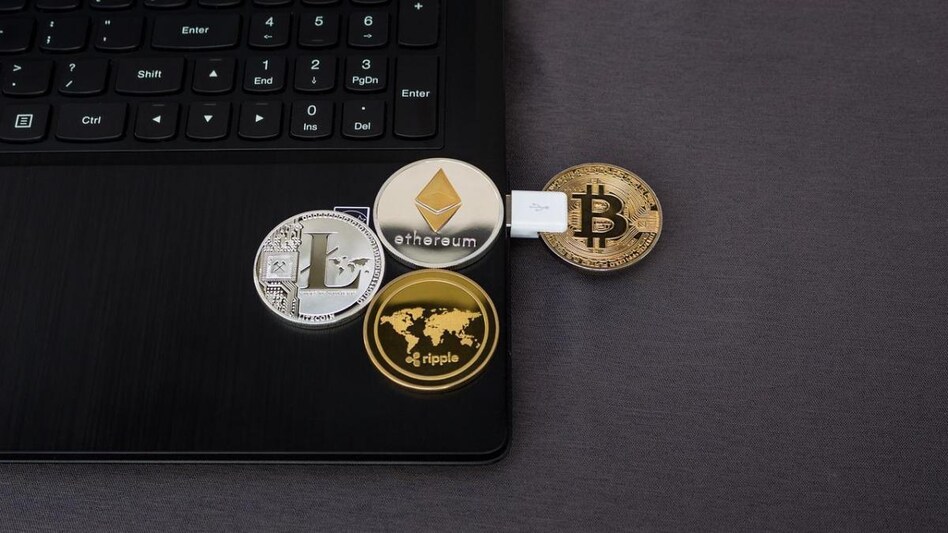 Hard Fork Vs Soft Fork: Which One is Better?
Hard Fork Vs Soft Fork: Which One is Better? Hard Fork Vs Soft Fork: Which One is Better?
Hard Fork Vs Soft Fork: Which One is Better?A software forking basically takes place when the software is first copied and then modified. Although the original project still exists it is different from the new one and has its own objective to follow. In forking, the projects are built on common grounds but are moved forward with different agendas. These things are quite common in open-source projects and have been there even before the existence of cryptos. However, in the crypto space, there is Hard Fork and Soft Fork which is exclusive only to this industry. So let us try to understand what Soft Fork and Hard Fork are.
HARD FORK - Hard Forks are incompatible software updates. These occur when new rules are added by the nodes that are conflicting with the existing rules. New nodes are able to communicate with only those nodes that operate on the new version. This leads to the splitting of the blockchain where one network works on the old rules while the other functions on the new rules.
SOFT FORK - A soft fork is a backward-compatible upgrade where the old and the new nodes can communicate with each other. In a soft fork, new rules are added that do not clash with the existing rules.
Every application needs updates and similarly, every blockchain network needs to be upgraded for the software to serve bigger and better purposes. Hard Forks and Soft Forks allow us to modify the software in a decentralised fashion without the intervention of any central authority. It is the forks that help the networks to integrate new features without which a centralised system would be required for complete control.
Read more: Hard Fork vs Soft Fork Explained: Which One is Better?